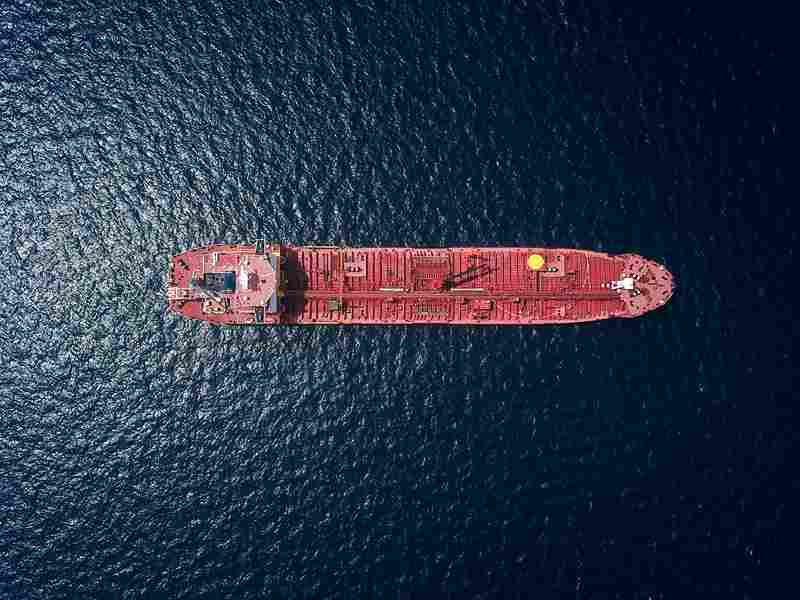
Impact of Digital Twin Technology on Bunker Fuel Efficiency
Digital twin technology is reshaping maritime operations by offering real-time insights, predictive capabilities, and enhanced efficiency across vessel management. This article examines how digital twins specifically impact bunker fuel efficiency, emphasizing their advantages, implementation strategies, and future implications for the industry.
Understanding Digital Twin Technology
Digital twins create virtual replicas of physical assets or processes using real-time data from sensors, IoT devices, and historical records. For maritime vessels, digital twins simulate operational metrics, environmental conditions, and performance parameters. This virtual model enables predictive analytics, performance optimization, and proactive maintenance strategies.
Advantages of Digital Twin Technology in Bunker Fuel Efficiency
- Continuous Monitoring and Optimization: Digital twins monitor fuel consumption, engine performance, and operational parameters in real time. This data allows operators to identify inefficiencies, optimize fuel usage, and adjust operations for maximum efficiency.
- Predictive Maintenance: By analyzing operational data and trends, digital twins predict equipment failures or maintenance needs. Proactive scheduling minimizes downtime, enhances reliability, and optimizes fuel efficiency by ensuring peak performance of engines and systems.
- Simulation and Scenario Analysis: Digital twins facilitate scenario-based simulations to evaluate the impact of different conditions on fuel consumption. This capability aids decision-making to minimize fuel waste and maximize efficiency during voyages.
- Energy Management: Integration with energy management systems allows dynamic optimization of onboard energy usage. This includes propulsion systems, auxiliary equipment, and HVAC systems, reducing overall energy consumption and improving fuel efficiency.
Implementation Strategies
- Data Integration: Integrating data from onboard sensors, navigation systems, and operational databases ensures comprehensive visibility and accuracy for performance monitoring and optimization.
- Collaboration with Technology Providers: Partnering with specialized technology providers in maritime digital twin solutions ensures tailored applications that meet vessel-specific requirements and operational goals.
- Training and Skill Development: Providing crew members and technical staff with training on digital twin usage and data analytics enhances operational proficiency and maximizes the technology’s benefits.
Future Implications and Innovations
- Advanced Decision-making: Continued advancements in AI and machine learning algorithms empower digital twins to offer predictive insights and autonomous decision-making capabilities, further optimizing fuel efficiency.
- Integration with Sustainability Goals: Digital twins will support the maritime industry’s transition to sustainable practices and compliance with emission regulations. Real-time monitoring and optimization align with environmental objectives and regulatory standards.
- Industry-wide Adoption: As digital twin technology evolves and demonstrates its value in enhancing efficiency and sustainability, broader adoption across the maritime sector is expected, setting new standards and best practices.
Conclusion
Digital twin technology is revolutionizing bunker fuel efficiency in maritime operations. By leveraging real-time data analytics, predictive capabilities, and proactive maintenance, digital twins empower vessel operators to optimize fuel consumption, reduce emissions, and enhance operational performance. As the technology advances, its integration into maritime operations will drive sustainable practices, operational excellence, and competitiveness in global shipping.





